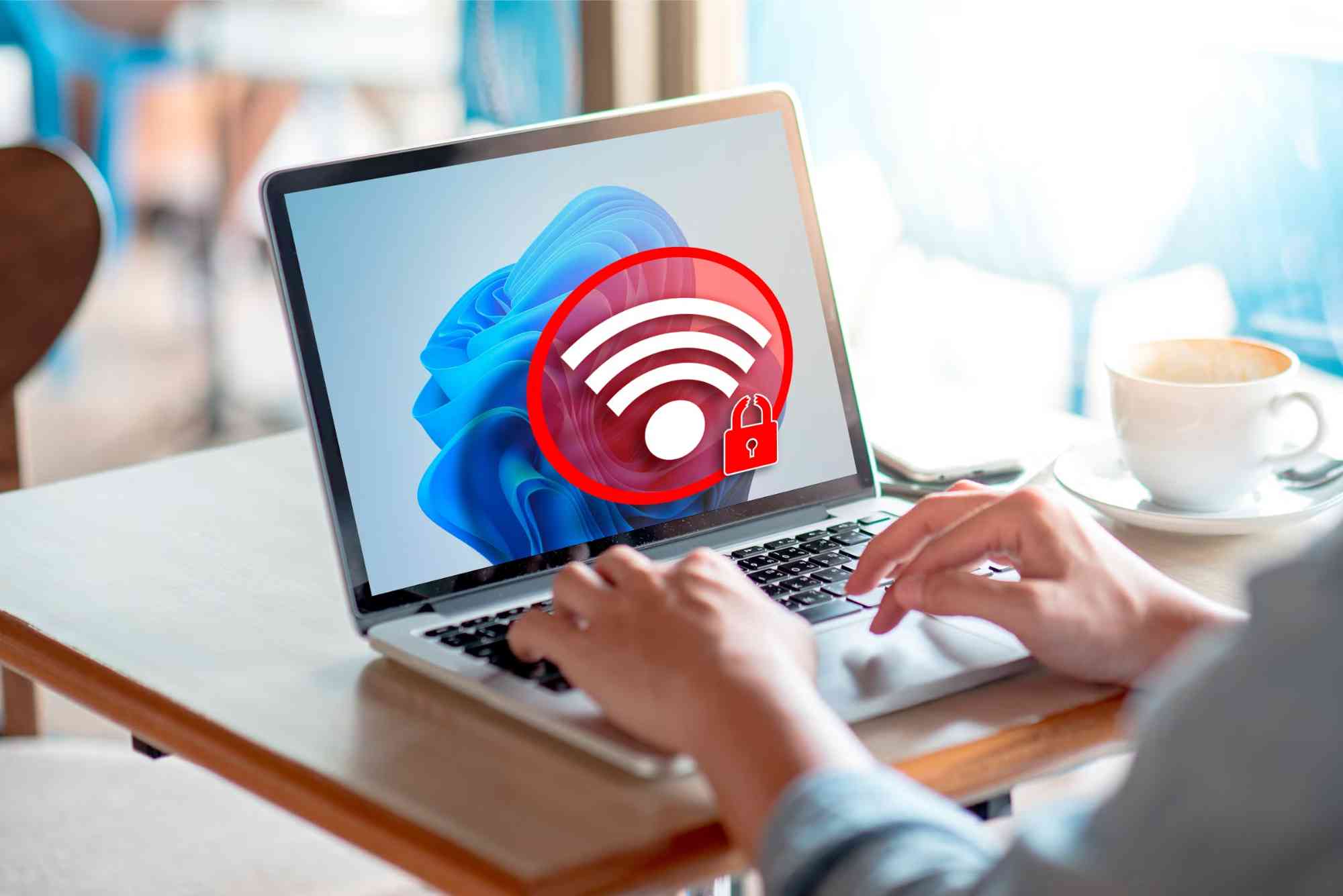How to Fix Ethernet Not Working on Windows
Experiencing a sudden loss of your wired internet connection can be frustrating, especially when your work or entertainment depends on it. If your Ethernet connection stops working on Windows, it can stem from various issues, ranging from simple software glitches to hardware problems. Fortunately, fixing Ethernet not working is often straightforward if you follow the right steps. In this guide, we will walk you through the most effective troubleshooting methods to restore your Ethernet connection and ensure a stable network experience.
Understanding Ethernet Issues on Windows
Ethernet provides a reliable and fast network connection compared to Wi-Fi, but it is not immune to problems. When your Ethernet is not working, it could be due to driver errors, network misconfigurations, or even faulty cables. Windows users often encounter issues such as limited connectivity, the network icon showing a red cross, or the system failing to detect the Ethernet adapter. Identifying the cause is the first step to fixing Ethernet not working efficiently.
Common Reasons Ethernet Stops Working
Understanding why Ethernet fails helps you apply the correct solution. One common reason is outdated or corrupted network drivers. Drivers are essential for Windows to communicate with your Ethernet adapter, and when they malfunction, connectivity is lost. Another frequent cause is misconfigured network settings, such as incorrect IP addresses or DNS settings. Hardware-related issues, including damaged Ethernet cables, faulty ports, or a malfunctioning router, can also prevent your computer from connecting to the internet. Occasionally, Windows updates or software conflicts can disrupt Ethernet functionality.
How to Fix Ethernet Not Working
Restart Your Devices
The simplest solution is often the most effective. Restart your computer and router. Rebooting can clear temporary glitches that interfere with your Ethernet connection. After restarting, check if the Ethernet cable is properly connected and if the network icon indicates a stable connection.
Check Ethernet Cable and Port
Physically inspecting your cable is essential. Ensure that the Ethernet cable is firmly connected to both your PC and router. Swap the cable with a new one to rule out damage. Additionally, try plugging the cable into a different port on your router or switch. Sometimes, a single port may fail, preventing proper connectivity.
Update or Reinstall Network Drivers
Outdated or corrupted drivers are a leading cause of Ethernet problems. To update drivers on Windows, open Device Manager, locate your network adapter, right-click it, and select “Update driver.” If updating doesn’t work, uninstall the driver and restart your computer. Windows will automatically reinstall the default driver, which often resolves connectivity issues.
Use the Windows Network Troubleshooter
Windows includes a built-in troubleshooter designed to diagnose and fix network issues automatically. Access it by going to Settings, then Network & Internet, and selecting “Network Troubleshooter.” The tool scans for common issues and applies fixes such as resetting the Ethernet adapter or refreshing network settings, helping you resolve the problem without advanced technical knowledge.
Reset Network Settings
Network misconfigurations can prevent Ethernet from working correctly. Resetting network settings restores default configurations and can solve persistent issues. Open Command Prompt as an administrator and run the following commands: netsh winsock reset and netsh int ip reset. Restart your computer afterward. This method clears potential conflicts in IP configuration, DNS, and network stacks, giving your Ethernet connection a fresh start.
Disable and Enable Ethernet Adapter
Sometimes, disabling and re-enabling the Ethernet adapter can restore functionality. In Device Manager, locate your network adapter, right-click, and select “Disable device.” Wait a few seconds, then right-click again and choose “Enable device.” This refreshes the adapter and can eliminate temporary software glitches.
Check Firewall and Antivirus Settings
Overly aggressive firewall or antivirus software can block Ethernet connectivity. Temporarily disable your firewall or antivirus to see if the Ethernet starts working. If it does, adjust the software settings to allow network access. Always remember to re-enable security software to keep your system protected.
Verify IP and DNS Configuration
Incorrect IP or DNS settings can prevent your Ethernet from connecting to the internet. To check settings, open Network & Internet, click on Ethernet, and select “Properties.” Ensure that your computer obtains IP and DNS addresses automatically. Alternatively, manually configure DNS servers like Google’s 8.8.8.8 and 8.8.4.4 to improve reliability.
Check for Windows Updates
Sometimes, Ethernet issues occur due to bugs in your Windows version. Updating Windows ensures you have the latest fixes and driver updates. Navigate to Settings > Update & Security > Windows Update, then check for updates and install any available patches. A system update can resolve compatibility problems affecting your Ethernet adapter.
Test Ethernet on Another Computer
To rule out hardware failure, test the same Ethernet cable and router port on another computer. If the second device connects without issues, your primary computer may have a software or hardware problem. If the second device also fails, the issue likely lies with your cable or router, which may need replacement or servicing.
Contact Your ISP
If none of the above solutions work, your Internet Service Provider (ISP) may be experiencing technical issues. Reach out to Dhanote Internet Services to verify your connection status and receive professional support. ISPs can diagnose external network problems that cannot be resolved from your computer alone.
Preventing Ethernet Issues in the Future
Maintaining your Ethernet connection involves regular updates and proper hardware care. Keep your network drivers up to date, avoid using damaged cables, and periodically restart your router to prevent connectivity problems. Configuring automatic IP and DNS settings helps avoid conflicts, and using surge protectors can safeguard your devices from electrical damage that affects network ports. Regularly monitoring network performance ensures issues are identified early before they disrupt your work or entertainment.
Fixing Ethernet not working on Windows requires a combination of software troubleshooting and hardware checks. Start with simple solutions like restarting devices and checking cables, then progress to updating drivers, resetting network settings, and verifying configurations. If the problem persists, your ISP can provide assistance. By following these steps, you can restore a stable wired connection and prevent future disruptions. Ensure your network stays reliable by adopting routine maintenance and monitoring practices. For expert support and uninterrupted internet service, contact Dhanote Internet Services.
FAQs
Why is my Ethernet not connecting on Windows 10?
Ethernet may not connect due to outdated drivers, incorrect network settings, faulty cables, or issues with the router. Updating drivers or resetting network settings usually resolves the problem.
How do I reset my Ethernet adapter?
Open Device Manager, locate your Ethernet adapter, right-click and select “Disable device,” wait a few seconds, then enable it again. This refreshes the adapter and resolves minor glitches.
Can antivirus software block Ethernet connections?
Yes, aggressive antivirus or firewall settings can block Ethernet access. Temporarily disabling them and adjusting permissions can restore connectivity.
Why does my Ethernet work on one computer but not another?
This often indicates a software or driver issue on the problematic computer. Testing cables and ports on multiple devices helps identify the source of the problem.
Do I need to contact my ISP if Ethernet is not working?
If all troubleshooting steps fail, contacting your ISP is recommended. They can check for external network issues or provide hardware replacement if needed.








